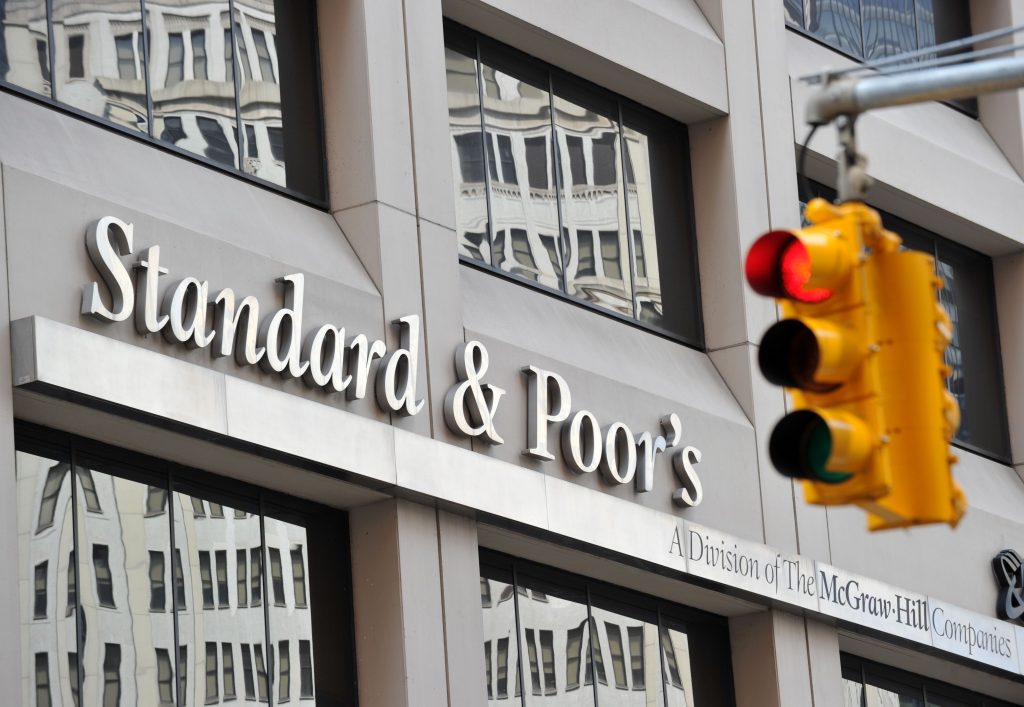Standards and Poor’s rating agency on Feb. 21, lowered Zambia’s long-term sovereign credit rating to ‘CCC’ from ‘CCC+’ with negative outlook on account of rising vulnerabilities to debt repayment obligations. Also lowered was the Transfer & Convertibility (T&C) assessment to ‘CCC’ from ‘CCC+’.
On the downside, S&P Global see’s the copper producer as being vulnerable to nonpayment of upcoming commercial obligations, for which it could depend on favorable financial and economic conditions.
If conditions persist in deterioration the rating agency could revise the rating on Zambia even lower over the next half a year to a full year period.
The S&P Global report revealed that in December 2019, Zambia missed an interest installment of US$1.4 million to an official lender, constituting debt arrears. The arrears have since been cured. The missed interest installment was due to administrative delays. That is, topping up the Zambian kwacha (ZMW) equivalent funds to match the unanticipated depreciation in December 2019, and be able to repay the foreign currency obligation in full to the creditor. The kwacha experienced significant depreciation of almost 20% in 2019, which increased external debt service costs for the government.
Read also: Actualizing risks to growth, lower the odds of Zambia’s rating downgrade
At the same time, Zambia’s macrofiscal situation is still weak. We estimate that economic growth is likely to be only around 2% for 2019, while the fiscal deficit still exceeds 7% of GDP. Zambia’s external buffers, measured by foreign currency reserves at the Bank of Zambia (the central bank), are still weak, covering less than two months of imports. Moreover, we expect the government’s external debt service obligations will remain high. Should economic and financial conditions weaken further, Zambia could face difficulties in meeting its financial commitments to commercial creditors, the report detailed.
Read also: Zambia features on AfDB’s watchlist, as sovereign risks ebb higher
On the upside, should Zambia’s external liquidity position improve over the next few months, for instance, with increased foreign currency reserves at the central bank or government liquid assets sufficient to cover upcoming debt repayments Standards and Poor’s could revise the outlook higher to stable. The copper producer grapples with lean reserves, currency and interest rate risks which have made the nation vulnerable to external shocks.
The Kwacha Arbitrageur


3 Comments
Pingback: Credit markets had already priced in Zambia's feeble sovereign posture | The Business Telegraph
Pingback: Daily FiZ - Monday 24/02 - Financial Insights
Pingback: Risk free paper is getting riskier, a case of Kwacha bills and bonds | The Business Telegraph